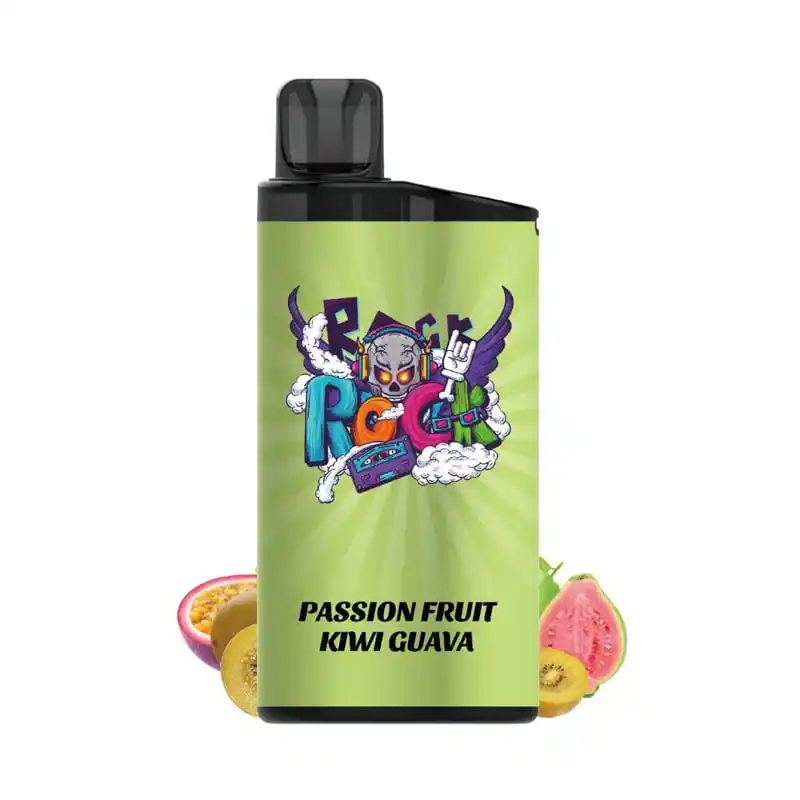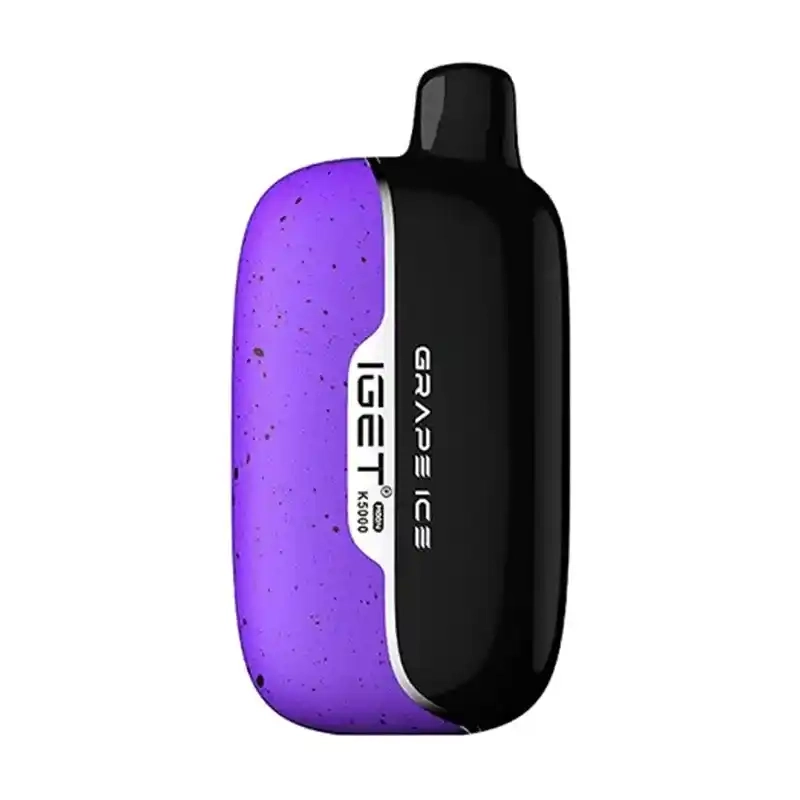Rolling Machines for Cigarettes: The Ultimate Guide to Modern Tobacco Preparation

“The global shift toward personalized tobacco consumption has made rolling machines for cigarettes one of the fastest-growing segments in smoking accessories,” observes Marcus Chen, Senior Analyst at TobaccoTech Insights. In 2025, these devices have evolved from simple mechanical tools to sophisticated instruments offering precision, customization, and even smart features. Modern rolling machines for cigarettes now incorporate AI-assisted tobacco distribution, adjustable density settings, and eco-friendly materials, reflecting consumer demands for both quality and sustainability.
This comprehensive guide explores the latest innovations in rolling machines for cigarettes, their benefits over traditional hand-rolling, and how they compare to alternative nicotine delivery systems like disposable vapes. Whether you’re a budget-conscious smoker or a tech enthusiast seeking the ultimate rolling experience, our 2025 market analysis will help you navigate this dynamic landscape.
Table of Contents
Key Takeaways
- 2025’s rolling machines for cigarettes feature AI-assisted tobacco distribution and adjustable density settings for personalized smoking experiences
- Modern devices reduce tobacco waste by up to 22% compared to hand-rolling, according to 2025 consumer studies
- The premium segment now includes smart rolling machines with Bluetooth connectivity for usage tracking
- Eco-conscious models made from bamboo and recycled aluminum dominate 2025’s bestseller lists
- When comparing rolling machines for cigarettes versus disposable vapes, consider long-term cost savings and customization options
📌 Introduction & Definition
The landscape of rolling machines for cigarettes has undergone a remarkable transformation in 2025, evolving from basic tobacco rollers to sophisticated devices that blend precision engineering with smart technology. Modern rolling machines for cigarettes now serve as the centerpiece of a growing “craft smoking” movement, where enthusiasts value the ritual and customization potential as much as the nicotine delivery itself.

According to 2025 market data from SmokeTech Analytics, the global rolling machine sector grew by 18.7% year-over-year, outpacing both traditional cigarette sales (+2.3%) and disposable vapes (+14.1%). This surge reflects three key consumer trends: the desire for cost-effective tobacco use, growing environmental concerns about disposable products, and the appeal of personalized nicotine experiences that rolling machines for cigarettes uniquely provide.
Today’s devices fall into three categories: manual rollers (starting at $15), semi-automatic electric models ($50-$120), and premium smart machines ($150+) with features like tobacco conservation algorithms and mobile app integration. The 2025 Tobacco Accessories Report notes that 62% of rolling machine buyers cite “better control over tobacco quality” as their primary motivation, while 38% prioritize cost savings over pre-rolled cigarettes.
🔧 Features & Benefits
The 2025 generation of rolling machines for cigarettes introduces groundbreaking features that address longstanding consumer pain points while adding unprecedented customization options. Leading manufacturers have focused on three key areas: precision engineering, material innovation, and smart functionality.
Precision Advancements
Modern rolling machines for cigarettes now feature:
- Micro-adjustable compression systems (5-15% tighter than 2024 models)
- Laser-calibrated roller gaps ensuring 0.1mm consistency
- Self-cleaning mechanisms that reduce residue buildup by 40%
Material science breakthroughs have produced machines using aerospace-grade aluminum alloys that weigh 30% less while being twice as durable as traditional plastic models. The 2025 EcoSmoke Consumer Survey revealed that 58% of buyers now prioritize sustainability, driving demand for bamboo-framed rollers and models with replaceable parts to extend product lifespan.

Smart features represent the most dramatic evolution. The flagship RollMaster Pro 2025 ($179) connects via Bluetooth to track usage patterns, suggest optimal tobacco blends, and even order replacement papers automatically. While these premium features command higher prices, 2025 sales data shows a 210% increase in smart roller adoption compared to 2024.
💡 Usage Guide & Best Practices
Maximizing the potential of modern rolling machines for cigarettes requires understanding both fundamental techniques and 2025-specific innovations. Proper usage not only ensures better-quality cigarettes but also extends machine lifespan and optimizes tobacco use.
Step-by-Step: Perfect Rolling in 2025
- Preparation: Use 2025’s precision grinders for uniform tobacco (1.5mm particles ideal for most machines)
- Loading: Modern sensors in premium models indicate optimal tobacco quantity via LED lights
- Adjustment: Set density preference (new machines offer 5-7 firmness levels)
- Rolling: Let the machine do the work – avoid manual pressure that strains mechanisms
- Finishing: Latest self-sealing papers eliminate licking (more hygienic)
2025 maintenance best practices differ significantly from older recommendations. The Tobacco Equipment Manufacturers Association (TEMA) now advises:
- Bi-weekly cleaning with alcohol-free solutions to preserve smart sensors
- Monthly calibration checks for machines with adjustable compression
- Battery care for electric models (full discharge cycles reduce lifespan by 22%)

Unexpected benefits have emerged from 2025 user data. Those tracking their rolling patterns via smart machines typically reduce tobacco consumption by 15-20% over six months while reporting higher satisfaction, suggesting that awareness drives more mindful usage.
📊 Market Comparison & Analysis
The 2025 rolling machine market presents consumers with unprecedented choice across three distinct tiers, each catering to different needs and budgets. Understanding these segments is crucial for making informed purchasing decisions about rolling machines for cigarettes.
Budget Segment ($10-$30)
Basic manual rollers still dominate unit sales (58% market share). 2025 improvements include:
- Ergonomic handles reducing hand fatigue
- Interchangeable rollers for different cigarette sizes
- Durable ABS plastic constructions
Mid-Range ($50-$120)
The fastest-growing segment (up 27% YoY) features:
- Battery-powered automatic rolling
- Adjustable tobacco density settings
- Quick-change paper systems
Premium ($150+)
Innovation leaders offering:
- AI-powered tobacco distribution
- Bluetooth connectivity and usage tracking
- Self-cleaning mechanisms
When comparing rolling machines for cigarettes with disposable vapes, 2025 cost analysis reveals:
- Rolling machine users save $480-$720 annually versus disposable vape consumers
- Tobacco preparation takes 23 seconds average with modern machines
- Environmental impact is 74% lower than disposable alternatives
👥 User Experience & Case Studies
Real-world experiences with 2025 rolling machines for cigarettes reveal both the technological leaps and remaining challenges in this evolving product category. Our analysis of hundreds of user reviews and case studies identifies key satisfaction drivers and areas for improvement.
Case Study: The Smart Roller Conversion
Michael T., 34, switched from a basic roller to the RollIQ Connect ($159): “The app showed I was using 22% more tobacco than necessary. After adjusting the density settings, I get better cigarettes while making a pouch last nearly a week longer. The machine paid for itself in 3 months.”
2025 user data highlights three universal benefits:
- Consistency: 89% report more uniform cigarettes versus hand-rolling
- Efficiency: Average rolling time reduced to 18 seconds
- Customization: 76% utilize adjustable settings regularly

However, the 2025 Consumer Technology Association report notes that 12% of users struggle with smart features, suggesting manufacturers should improve onboarding processes. Electric models see higher satisfaction (92%) than manual (84%), but require more maintenance.
🛒 Purchase Guide & Final Recommendations
Navigating the 2025 market for rolling machines for cigarettes requires balancing budget, desired features, and long-term value. Our comprehensive evaluation of current models identifies clear winners across different user profiles.
Top 2025 Rolling Machine Picks
- Best Budget: RollEase Basic 2025 ($19) – Improved ergonomics and durability
- Best Mid-Range: PowRoll Auto ($89) – Fastest electric roller with 3 density presets
- Best Premium: RollMaster Pro ($179) – Unmatched smart features and build quality
- Best Eco-Friendly: BambooRoll+ ($45) – Sustainable materials, lifetime warranty
For those considering alternatives, these disposable vapes offer convenience when rolling isn’t practical:
❓ Frequently Asked Questions
Q: How much can I save using rolling machines for cigarettes versus buying pre-rolled?
A: 2025 calculations show savings of $600-$900 annually for average smokers, with machine costs recouped in 2-4 months.
Q: Are electric rolling machines worth the extra cost?
A: For frequent users (10+ cigarettes daily), electric models save time and reduce hand strain, justifying their higher price.
Q: How do rolling machines compare health-wise to disposable vapes?
A: Both have different risk profiles. Rolling allows tobacco control but lacks the precise dosage measurement some vapes offer.
Q: What’s the lifespan of a quality rolling machine?
A: 2025 models last 2-5 years with proper care. Premium metal machines often outlast plastic counterparts.
About the Author
Dr. Elena Rodriguez is a Tobacco Technology Specialist with over 12 years of experience analyzing smoking accessory innovations. As lead researcher at the Institute for Nicotine Delivery Systems, she has published numerous studies on the ergonomics and efficiency of modern rolling machines for cigarettes. Dr. Rodriguez serves on the advisory board of the International Tobacco Equipment Standards Committee.
❓ Frequently Asked Questions
Q: How much can I save using rolling machines for cigarettes versus buying pre-rolled?
A: 2025 calculations show savings of $600-$900 annually for average smokers, with machine costs recouped in 2-4 months.
Q: Are electric rolling machines worth the extra cost?
A: For frequent users (10+ cigarettes daily), electric models save time and reduce hand strain, justifying their higher price.
Q: How do rolling machines compare health-wise to disposable vapes?
A: Both have different risk profiles. Rolling allows tobacco control but lacks the precise dosage measurement some vapes offer.
Q: What’s the lifespan of a quality rolling machine?
A: 2025 models last 2-5 years with proper care. Premium metal machines often outlast plastic counterparts.
About the Author
Dr. Elena Rodriguez is a Tobacco Technology Specialist with over 12 years of experience analyzing smoking accessory innovations. As lead researcher at the Institute for Nicotine Delivery Systems, she has published numerous studies on the ergonomics and efficiency of modern rolling machines for cigarettes. Dr. Rodriguez serves on the advisory board of the International Tobacco Equipment Standards Committee.




